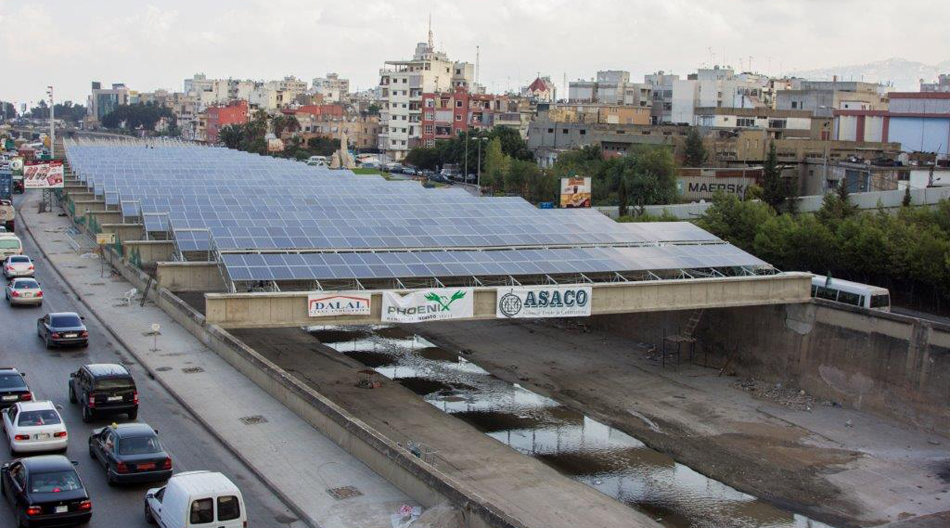The Lebanese Cabinet this week approved a plan for the development of solar and renewable energies, according to government-owned news agency NNA. The plan, which was originally conceived in 2010 by former Minister of Energy and Water Gebran Bassil, was submitted by the current minister Cesar Abi Khalil.
Abi Khalil said that his ministry is now proceeding with the development of the plan’s tender process, and that more details will be provided in the next week.
The Ministry or Energy and Water launched the tender for the development of PV projects exceeding 1 MW in mid-February, according to financial newspaper Le Commerce du Levant.
Bids had to be submitted by Feb. 28, 2017, and the first contracts will be awarded by the end of 2017. The government hopes to install approximately 180 MW of large-scale PV capacity through the auction, as indicated in the approved plan. Selected projects will sell power to local utility Electricité du Liban (EDL) under a 20-year PPA. The price of contracted power will not exceed $0.10 per kWh.
Lebanon currently has 22 MW of installed PV power, of which around 20 MW is represented by distributed generation PV installations. Almost half of all PV capacity in operation was added in the past three years. The only solar farm currently operating in Lebanon is the 1 MW Beirut River Solar Snake (BRSS) demonstration project in the center of the country.
Under the plan approved on Tuesday, dubbed “The National Renewable Energy Action Plan for the Republic of Lebanon 2016-2020”, the Middle Eastern country aims at covering 12% of its electricity demand with renewable energies by 2020, with solar PV and CSP expected to cover 4.2% of demand. Currently, renewables account for around 4% of Lebanon’s electricity mix.
As for the PV technology, the plan envisages the development of both large-scale projects (150 MW) through a tender mechanism and distributed generation solar projects (30 MW) through a net-metering scheme.
The authors of the plan believe that the targeted 180 MW of solar PV installations by 2020 is “very realistic” and that the achievement of this target would require an aggregate investment of around $240 million. A more optimistic scenario depicted by the Ministry, however, forecasts that 300 MW of solar could be installed in Lebanon by 2020.
This content is protected by copyright and may not be reused. If you want to cooperate with us and would like to reuse some of our content, please contact: editors@pv-magazine.com.




By submitting this form you agree to pv magazine using your data for the purposes of publishing your comment.
Your personal data will only be disclosed or otherwise transmitted to third parties for the purposes of spam filtering or if this is necessary for technical maintenance of the website. Any other transfer to third parties will not take place unless this is justified on the basis of applicable data protection regulations or if pv magazine is legally obliged to do so.
You may revoke this consent at any time with effect for the future, in which case your personal data will be deleted immediately. Otherwise, your data will be deleted if pv magazine has processed your request or the purpose of data storage is fulfilled.
Further information on data privacy can be found in our Data Protection Policy.